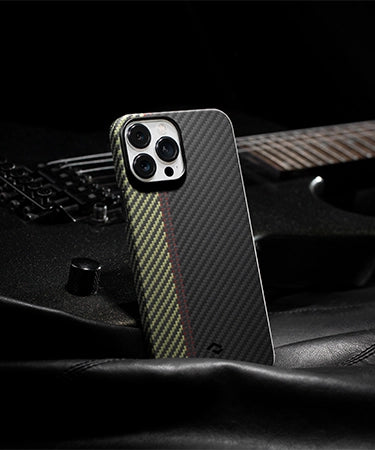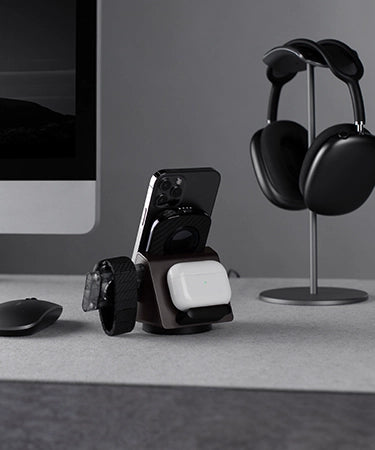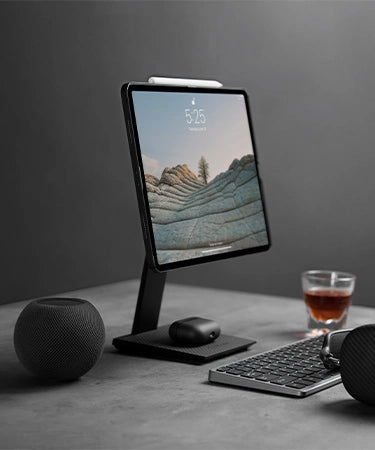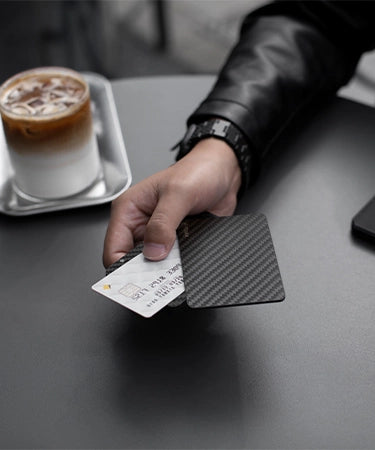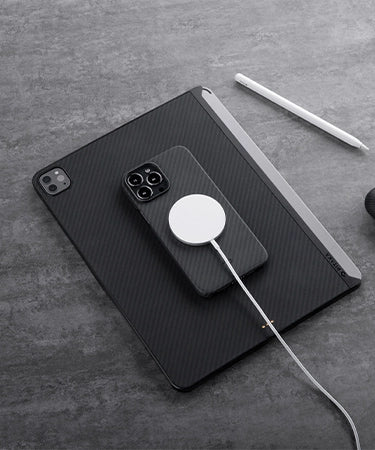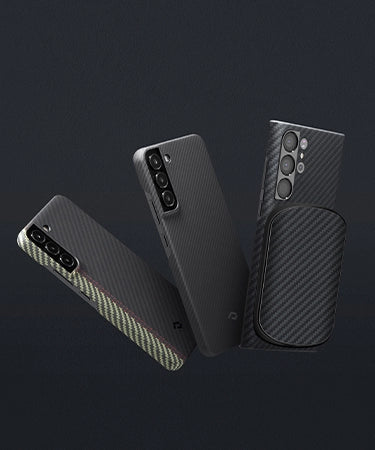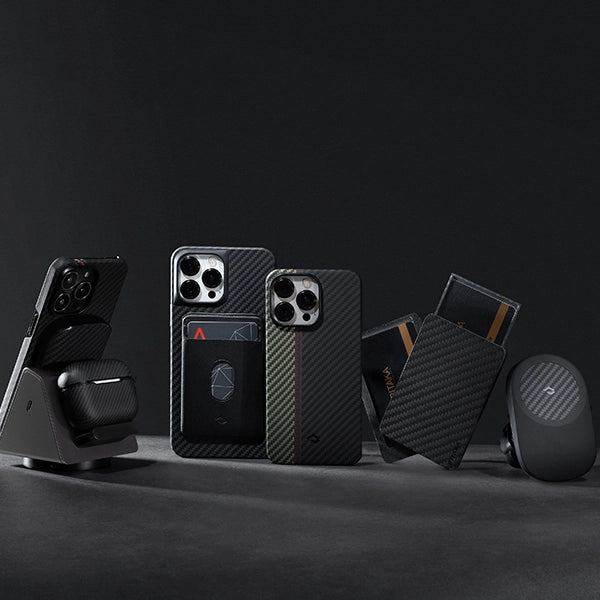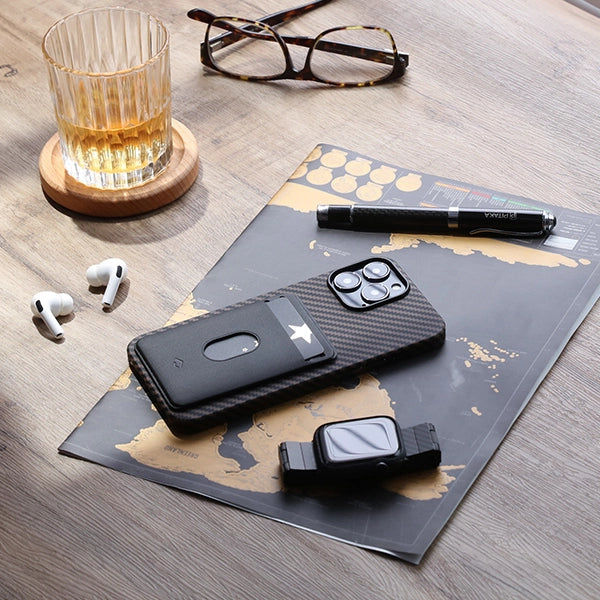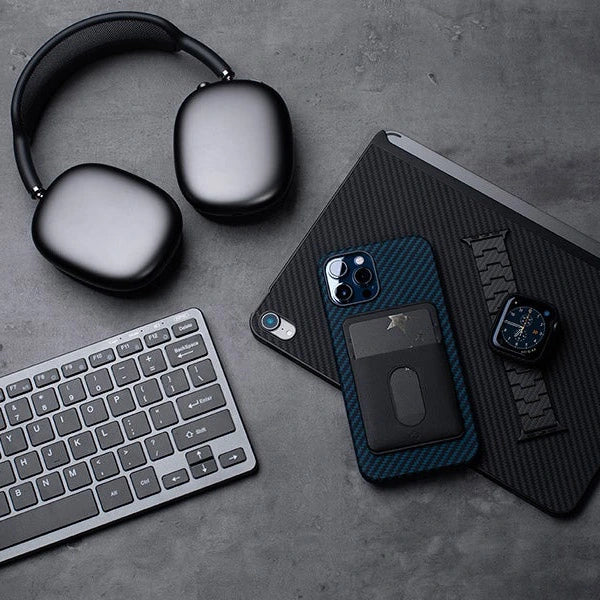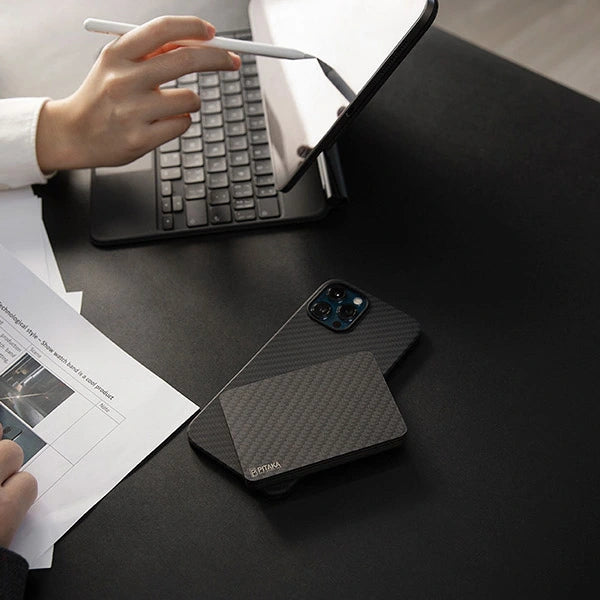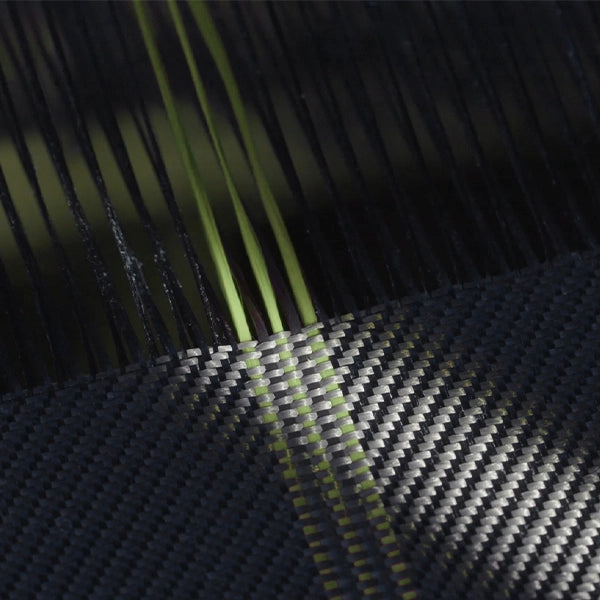
Back in 2001, the prototype of a power bank appeared in CES. Since then, the power bank market has grown phenomenally and today, you can find hundreds of different brands on the market. There are so many to choose from, with capacities ranging from 500mAh to 30,000mAh, single or multiple USB ports, with or without a flashlight, etc. Earlier this year, several mobile phone manufacturers including Xiaomi, Samsung and Nokia launched their wireless power banks, making the market even more competitive.

The choice is bewildering, and it’s not like you can just ‘fish a power bank out of the sea’. Yes ok, there are lots of tips and guides out there, but today we are going to see how the tech gurus make their choice. You might even get a fringe benefit.
1. What Does A Quality Power Bank Look Like?
The easiest and quickest way to judge the quality of a power bank is to check the quality of its case. What materials are used? How well is it designed? Are there any signs of damage? Is the button easy to press?
A quality power bank should have:
1) A clean and complete surface, nothing out of shape. There should be no signs of mechanical damage, no corrosion on any of the connectors.
2) Clear markings about the power ratings, avoid anything blurry that you cannot read.
3) Make sure any buttons and lights work correctly.
2. It Should Have These Numbers
Every power bank should have markings which clearly state what the power ratings are. That will help you to understand if it can properly charge your phone or not.
1) The basic information should be illustrated on the product or in the user manual; this usually includes the capacity, model number, product type, manufacturers’ information, etc.

2) The Rated input voltage/current and the output voltage/current information is fundamental. But what do these numbers mean? The rated input tells you the standard voltage that the power adapter can connect to so that it can charge the power bank. If you lose the original power adapter, you could buy a third party one that matches instead of the original. The rated output has to match with the output voltage of the original power adapter for your phone. It’s not recommended to charge your phone with a power bank that has different voltages; otherwise, you may well damage your phone.

3) How many times can the full power bank charge my phone? That’s the question a lot of you will want to know. Usually, that sort of information is not written on the power bank, but with rated capacity and cell/battery rated energy, you can do the math yourself. Don’t worry. We will get to that later.
4) Last but not least, the markings about safety certification are also significant. Most electronics products will bear signs of CE, RoHs and FCC. CE and RoHs are required if the product is sold in the EU; while FCC is mandatory for US market. Safety is somehow guaranteed if you see those marks on the power bank. You will probably find other markings too, such as environmental information. If you are passionate about these environmental factors, you might want to choose a power bank with a ‘cyclic regeneration mark’ which means that it is recyclable.
3. Know the Conversion Game
You probably know that bigger capacity is better since it can provide more energy. The thing is, there are two different types of capacity: battery capacity and rated capacity. What you usually see on power banks are the battery capacity. What’s the difference between those two numbers? Let’s read on.
1) How many times can the power bank charge your phone?
If a power bank is marked as 10,000mAh 3.8V (38Wh), that means its battery capacity is 10,000mAh, the voltage of the battery core is 3.8V, and the battery core energy is 38Wh.
Rated capacity (mAh): Also known as nameplate capacity, is the least output capacity under the rated voltage and current.
For example, the rated capacity of a power bank is 7,000mAh (TYP5.1V 1A), that means the minimum output capacity of the power bank is 7,000mAh in the charging process with 5.1V and 1A output standard.
Conversion efficiency: This indicates the value difference between the battery core energy and rated capacity.
A power bank has a battery capacity as 10,000mAh; the battery core voltage is 3.8V which will increase to 5.1V when it’s charging a phone. So, in theory, its output capacity is:
10,000 * 3.8 / 5.1 = 7,450mAh
The rated capacity is 7,000mAh (TYP5.1V 1A), so the rated conversion efficiency is:
7,000 / 7,450 = 93.96%
In other words, the energy conversion efficiency is about 93.96%, with a 5.1V 1A output standard. About 6.04% of the power is lost in the conversion. If you use professional tools to test the rated output capacity, the result would not be too different. The conversion efficiency of most of the power banks on the market are between 80~90%. Therefore, a power bank with 10,000 battery capacity has about 6,000~7,000 rated output capacity.
Charging rate: 7,000mAh (rated capacity of the power bank) / 3,110mAh (capacity of the iPhone 11 battery) =2.25

Therefore, it can charge your iPhone 11 twice at best.
2) How long will the power bank last?
The lifespan of a power bank depends on two things: how well the power bank is made and how much you use it. The number of charge-discharge cycles, decided by the battery core and other vital components, varies amongst power banks. Typically, this is between 300 ~ 1,000 cycles and if you want my advice, you should definitely avoid any power bank that has less than 500 charge cycles.

Say, the power bank has 500 charge cycles, and you fully charge it once per day on average, then how long it will last? We can work that out with the following simple formula:
Power bank lifespan = Charge cycles * charging rate / using rate
Where ‘Using rate’ is the number of times you charge the power bank fully in a day.
As mentioned above, for a 10,000mAh power bank, its charging rate is about 2.25. If it has 500 charging cycles, its lifespan is:
500 * 2.25 / 1 = 1125 days = 3.08 years
But where can these charging cycles be found, you may ask? The test of cycle life involves specific equipment, so for now, we’ll just have to skip that.
But, if you really want to know, ask the seller before you purchase. Even if you don’t get an answer, as you can see from the above example, the power bank will last longer if it has more capacity and a lower use rate. So, it makes sense to go for a big power bank and use it slowly, that way, you should be able to keep for a couple of years if not more.
3) How long does it take to charge the power bank or the phone fully?
Now comes the easy part. The charging time depends on the capacity of the powered device (PD) and its input current which equals the output current of the power sourcing device (PSD)
Charging time = battery capacity / actual input current.
Take a 10,000mAh power bank to demonstrate. Its rated input is 5V/2A, so if you use a 5V/1A power adapter to charge it, its actual input current is 1A=1,000mAh. 10,000mAh /1,000mAh=10 hours. If you use a 5V/2A power adapter, it takes 5 hours to fully charge the power bank: 10,000mAh / 2A (2,000mAh) = 5 hours.

Same for charging the phone. If your phone battery has 4,000mAh capacity, and the maximum output current of the power bank is 2.5A (input current for the phone is 2.5A) then it takes about 1.6 hours to fully charge your phone with the power bank.
4. How Safe Is The Power Bank?
You cannot be too more careful with electronic devices, including power banks. They should have protection mechanisms to prevent any danger caused by electricity.
There are several underlying protection mechanisms: over-current protection, under-voltage protection, short-circuit protection, over-temperature protection and overvoltage protection. This information can usually be found in the user manual.

5. What’s the Purpose of the Power Bank?
By now, you are probably a power bank expert to some extent. But can you count on all those numbers to consider a purchase? Not really. Knowing everything about a power bank can help you decide the quality, but the quality is not the only standard to define a “good” product. It also has to do what you want.
Yes, high-capacity power banks have a longer lifespan and higher charging rate, however, a high capacity also means a bigger size. Do you want to carry a bulky phone power bank in your small bag? Some of you will be shaking your head. If you want to carry an emergency power supply for your phone when you are out shopping, then a small-sized power bank is best. However, if you are a selfie addict, an extra 30% energy from the power bank may not be enough for your day out. You see, everyone has different needs.
Therefore, the first step to select a power bank is to figure out what kind of power bank you want, then compare power banks of the same type with what you’ve learned above.
If you happen to be looking for a power bank for an emergency power supply, check out this recommendation –
PITAKA MagEZ Juice, a transit-free wireless dock-and-go charger.
The MagEZ Juice is a perfectly formed, small-sized, wireless power bank with 2000mAh capacity that can provide an additional 30% energy for your phone, perfect for your everyday carry and emergency use. With magnets embedded within, it matches flawlessly with the MagEZ Case on your phone. It can auto attach and align with your phone, safely and securely.

As the Contemporary Good Design Winner of 2019, the MagEZ Juice is more than just a regular power bank. Slide the power bank in the dock and it can work as a wireless charger for your desktop as well. That’s how easy it is to do the transformation. Furthermore, with the pass-thru charging technology, the dock will juice up both your phone and the power bank at the same time which means that it will always be ready for your next journey. You won’t forget to charge your power bank any more.
That’s why it’s genuinely a wireless dock-and-go charger.
We've upgraded the power bank with more capacity and reinvented the charging base to make it more versatile and playful. Launching soon on Kickstarter. Sign up now to get the super early bird discount.
In conclusion
You don’t have to be a tech guru to select what you want but, you should know the essential tech behind a power bank if you are going to buy one. Don’t be fooled by the salesman, do your research and you have a bigger chance to get a power bank that’s worth it. Nothing could go amiss.
